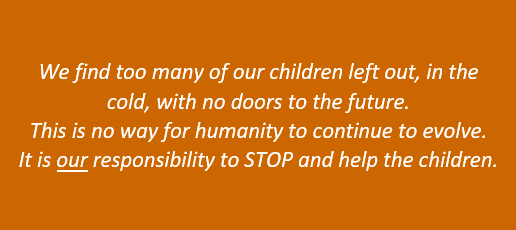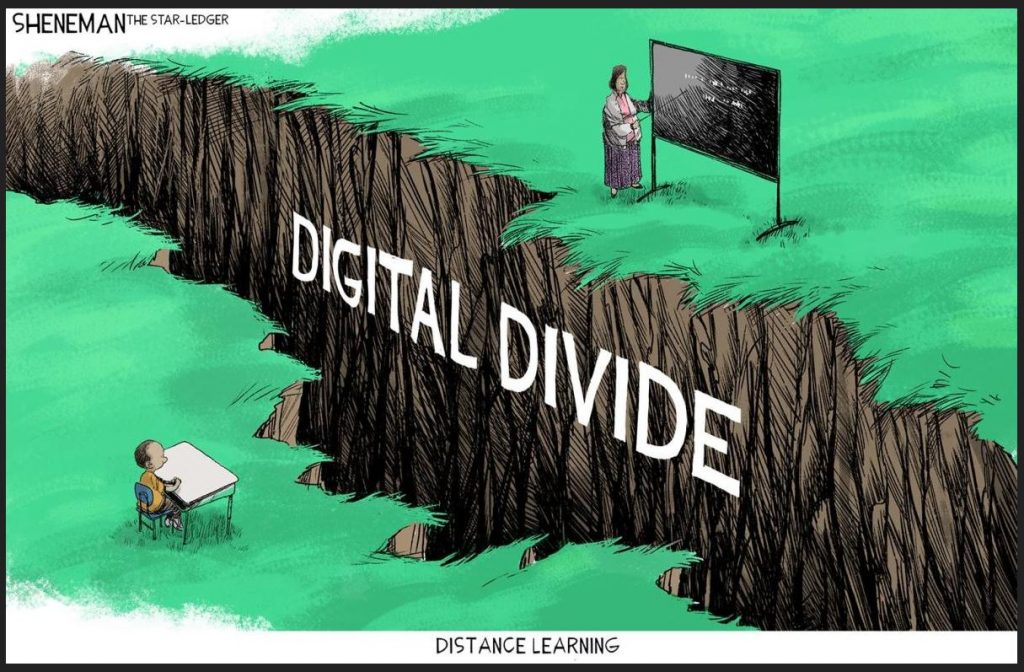Making IT Work aims to close our unprecedented Digital Divide gap which has disenfranchised many of our children in their quest for educational, social, and emotional wellness. Called into action in March 2020 when my daughter, a brilliant, techno-savvy 5th grader, was informed that she had to attend her beloved school “virtually”. In order to do that she needed a computer, webcam, mike, and access to the internet just to show up for class. Then she gets to be a student by getting to class on time, doing her homework, checking the changing weekly schedules, and presenting to the class in Google Meet. It is quite a monumental undertaking.
Utilizing my “son of two teachers, and a coach”, 35 years of IT Provisioning experience, community organizations service, Duke Football life, and profound love for our children I launched Making IT Work, LLC on 2/18/21 to help the Village figure out how to do IT virtually in the New Normal.
During the discovery phase and several cohorts later, I have refined my focus to address the Digital Divide and be about the business of locating those truant “lost” or just “distressed students”. Once we access the obstacles causing this truancy we will focus on removing them. Making IT Work collaborates with the leaders, stakeholders, providers, and partners, all of whom have their own challenges, to come up with solutions that work for the Youth, Parents, Schools, businesses, and agencies.

“The pandemic has sounded an alarm bell on North Carolina’s digital divide.“
AUGUST 28, 2020 08:00 AM, UPDATED NOVEMBER 24, 2020 10:14 AM
Read the full Charlotte Observer Article for excerpts below:
State public instruction leaders estimate that about 290,000 students live in homes without a subscription to internet service. And roughly 70,000 live in a home without access to a computer.
“It’s detrimental to our children’s education,” Eric Davis, chairman of the state Board of Education, said of these access issues. “It behooves us to beat the virus and get kids back to school, behooves us to provide reliable internet to all kids.”
“Despite their work (NC Board of Ed.), Millen estimates thousands of students in Charlotte still need access to the internet. Most, she said, are students of color.”

This Just In… (ACS Board Meeting)
Among six elementary schools — Asheville Middle, Montford North Star Academy, Asheville High School, and SILSA — 68% of students have chosen to return to in-person learning with the remaining 32% staying remote.
Among the schools with the highest rates of students returning was Ira B. Jones Elementary, with 81% choosing to return. Hall Fletcher and Isaac Dickson each had 74%.
Fewer higher grade students planned to head back to class, 61% at Asheville High and 54% at SILSA.
Among roughly 730 staff, 34 teachers will remain on a teleworking basis, 24 will require accommodations, eight will be on leave and four have resigned, according to information presented at the work session.


